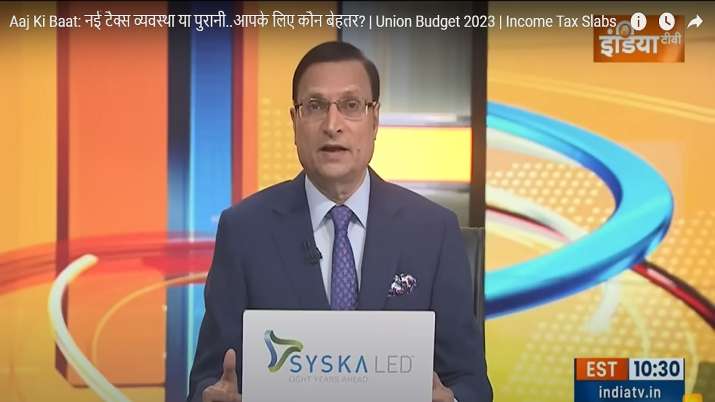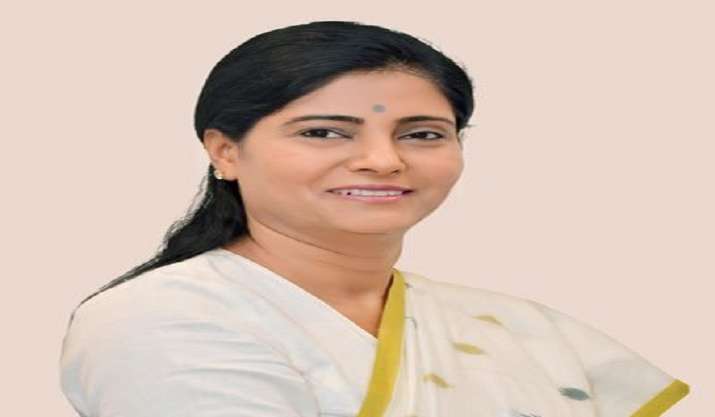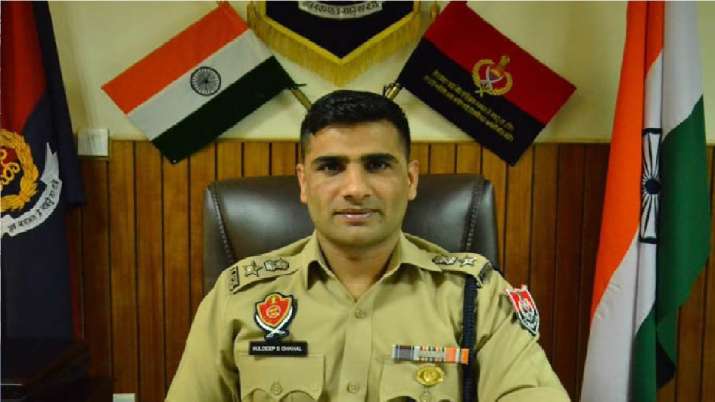 Budget 2023
Budget 2023: Now that full details of the Union Budget are out, and economists, income tax experts and capital market analysts continue to grapple with figures and minutely go through the fine print in Finance Bill proposals, it is time to take an overall view. The Indian middle class is elated over Income Tax relief, rich taxpayers are also happy, while women, senior citizens, youths and farmers have welcomed the new schemes. Without going into details of the Budget, one must understand two points from Nirmala Sitharaman’s Budget. One: At a time when Covid pandemic has devastated the economies of most of the countries of the world, with the US and other big nations of Europe yet to recover fully from recession, inflation and unemployment, at a time when neighbouring Pakistan is struggling to keep afloat due to sinking economy, with poor Pakistanis clamouring for two decent meals a day, India, under Prime Minister Narendra Modi, recovered fully from the effects of pandemic. We can say today with confidence that Indian economy has almost reached the pre-Covid situation. The entire world recognises India as the fastest growing economy. Two: One must try to understand how India managed this miraculous recovery. I have no hesitation in saying that it was Prime Minister Narendra Modi, who, throughout his tenure, brought about changes in the economy with a long-term vision. Arun Jaitley as Finance Minister had prepared the first Budget of Modi government in 2014. If you look thoroughly, all the annual Budgets since then till this year, are inter-linked. They appear to be in continuation. Earlier, Union Budget used to be prepared only for that fiscal year: to fulfil economic and political needs. Narendra Modi changed this way of thinking. He completely changed the definition and lexicon of the Union Budget. We should, therefore, change our manner of looking at annual budgets of the Union government. During pre-Modi years, the man on the street and the industrialists sitting in their offices, used to be curious about which goods have become cheaper, or costlier. Which product faced higher excise or custom duties, and which products were left out. I remember those days when industrial houses used to engage in lobbying months before the preparation of Budget, and big industrialists and businessmen used to lobby for lowering of duties for particular goods. No such lobbying now. In the last nine years, the Budget had been focussing more on overall development and growth. Nirmala Sitharaman, as Finance Minister, followed this path for the fifth consecutive year. She spoke about how our economy will be in the year 2047, when India will complete 100 years of independence, known as ‘Amrit Kaal’. Some have described Wednesday’s budget as an ‘election budget’. My argument is simple: What’s the harm if millions of Indians get concrete houses, electricity, drinking water from taps, toilets, LPG, and free monthly foodgrains for sustenance? If the government prepares a budget incorporating such schemes that deliver direct benefits to the people, it should be accepted as a positive indicator. The figures that were mentioned in Wednesday’s Budget reveal that India’s per capital income has doubled in the last nine years, and Indian economy has jumped from tenth place to fifth place in the world order. These are good indicators and all of us must hope that in the year 2047, India will be among the top two biggest economies of the world.
from IndiaTV India: Google News Feed https://ift.tt/Rbi9VID
via
 Minister of State for Commerce and Industry Anupriya Patel on Friday said that India is not engaged with Taiwan for any help related to the 5G services rollout. In a written reply to the Rajya Sabha, Patel said that Taiwanese companies are participating in various programmes launched by the government to boost the electronics manufacturing and semiconductor ecosystem in India. The government facilitates and promotes interactions in areas of trade, investment, tourism, culture, education and other such people-to-people exchanges with Taiwan, said Anupriya Patel.
Minister of State for Commerce and Industry Anupriya Patel on Friday said that India is not engaged with Taiwan for any help related to the 5G services rollout. In a written reply to the Rajya Sabha, Patel said that Taiwanese companies are participating in various programmes launched by the government to boost the electronics manufacturing and semiconductor ecosystem in India. The government facilitates and promotes interactions in areas of trade, investment, tourism, culture, education and other such people-to-people exchanges with Taiwan, said Anupriya Patel.


